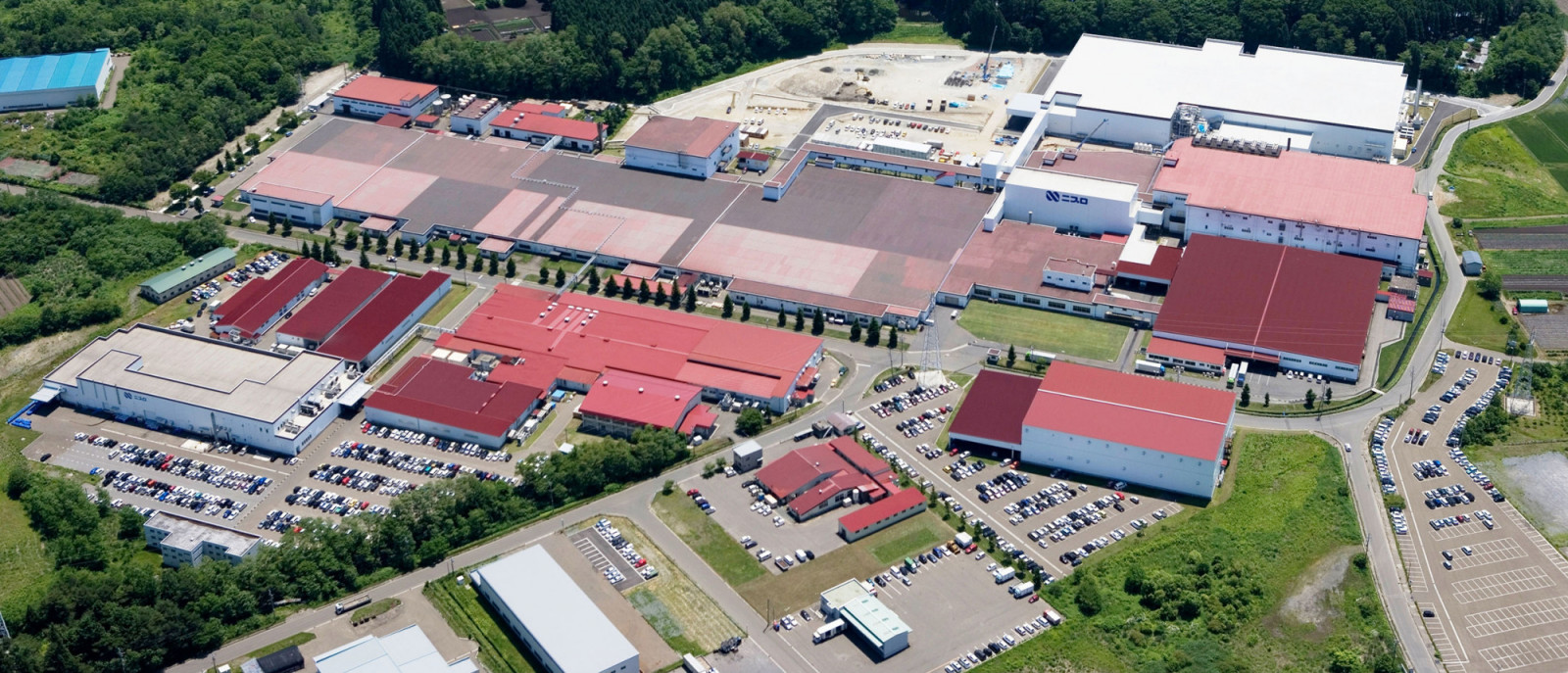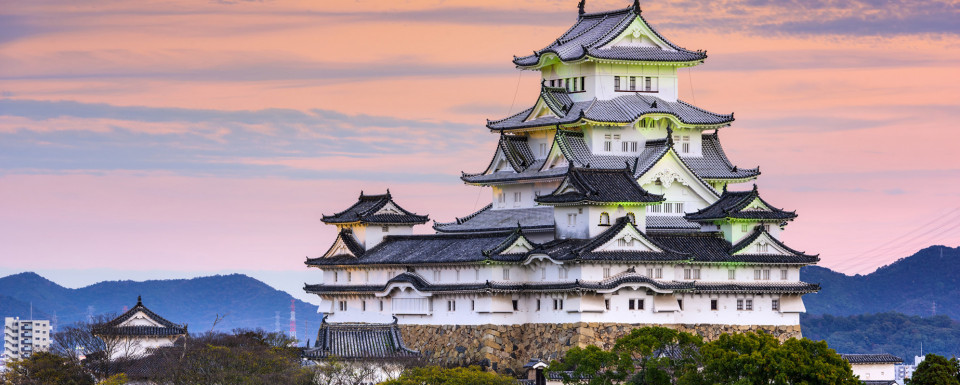With origins in glass tubing for ampoules and pill bottles, Nipro has spent the last 69 years perfecting the art of glass and beyond. We are fortunate to come from a heritage of Japanese excellence where superior standards, high quality materials, state of the art production sites, first-class medical trainings, and unceasing R&D are inherent characteristics.
This is the base from which we have incorporated additional technologies and practices inspired by our larger global network – all in an effort to provide the most elevated patient care, outcomes, and safety.

We present this selection of milestones
to illustrate a past that paved the way for our present success and continuous commitment to care.
Our foundation
1954
Nihon Glass Shoji Co. Ltd. (currently Nipro Corporation Japan) was established in Kyoto and began selling glass tubing for ampoules and pill bottles.
1954
The head office moved to Osaka (present location).
Automation and acquisitions
1963
Automatic machines for processing inner flasks of thermos bottles were developed and the market expands.
1965
Infusion kits for pharmaceutical companies were now being sold, thus expanding into the medical device industry.
1969
Acquired an existing manufacturer, and so began the large-scale production of medical devices.
Wider manufacturing portfolio
1974
Expanded manufacturing to include disposable syringes and coil dialyzers.
1975
Expanded manufacturing to include blood tubing, infusion kits, and hollow fiber dialyzers.
1976
Expanded manufacturing to include vacuum blood collection tubes and catheters.
Expansion of markets outside Japan
1983
Expanded manufacturing to include medical rubber stoppers. Territory expanded with the sale of dialyzers and related products to the United States.
1984
Insulin injection needles were now being sold. Territory expanded to Denmark.
1986
Arteriovenous fistula (AVF) needles for dialysis were now being sold. Territory expanded to Sweden.
1988
Developed the cellulose triacetate (CTA) dialyzer. Founded manufacturing site in Thailand.
Greater commercial and manufacturing presence outside Japan
1990
Listed in the First Section of the Osaka Securities Exchange. Developed fully (integrated) kit of antibiotics with a major pharmaceutical manufacturer.
1991
European headquarters established in Belgium.
1994
Established manufacturing site in China.
1995
Integrated kits were now being sold. Established manufacturing site in Brazil.
1996
Listed in the First Section of the Tokyo Stock Exchange. Established commercial branch in the United States.
1997
Prefilled syringes were now being sold. Established manufacturing site in Singapore.
Expanding expertises
2001
Change of name to Nipro Corporation.
2005
Entered into the oxygenator market. Expanded pharmaceutical business to include solid formulations.
2007
Began integrated production: from the spinning of hollow fiber membranes to the production of dialyzers.
2009
Entered into culture-medium-related products.
A win for pharma packaging
2010
Established manufacturing sites in India. Expanded diabetes-related business in the United States and medical glass in China.
2011
Established manufacturing sites in Bangladesh and Indonesia. Expanded pharma packaging glass production in France, Russia, and the United States.
2012
Expanded pharma packaging glass production in Germany.
Education and further global integration
2014
Opening of iMEP Japan, medical training center. Expanded into cell culture business.
2015
Expanded into drug testing business and pharma packaging glass production in China.
2018
Opening of iMEP Belgium, medical training center. European headquarters moved to Nipro Campus Belgium (new HQ building + iMEP).
2019
Continuous integration and optimization of global sites .
